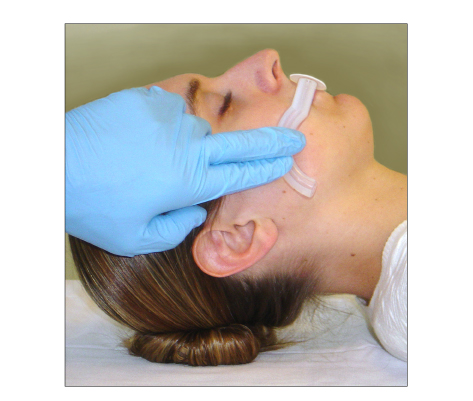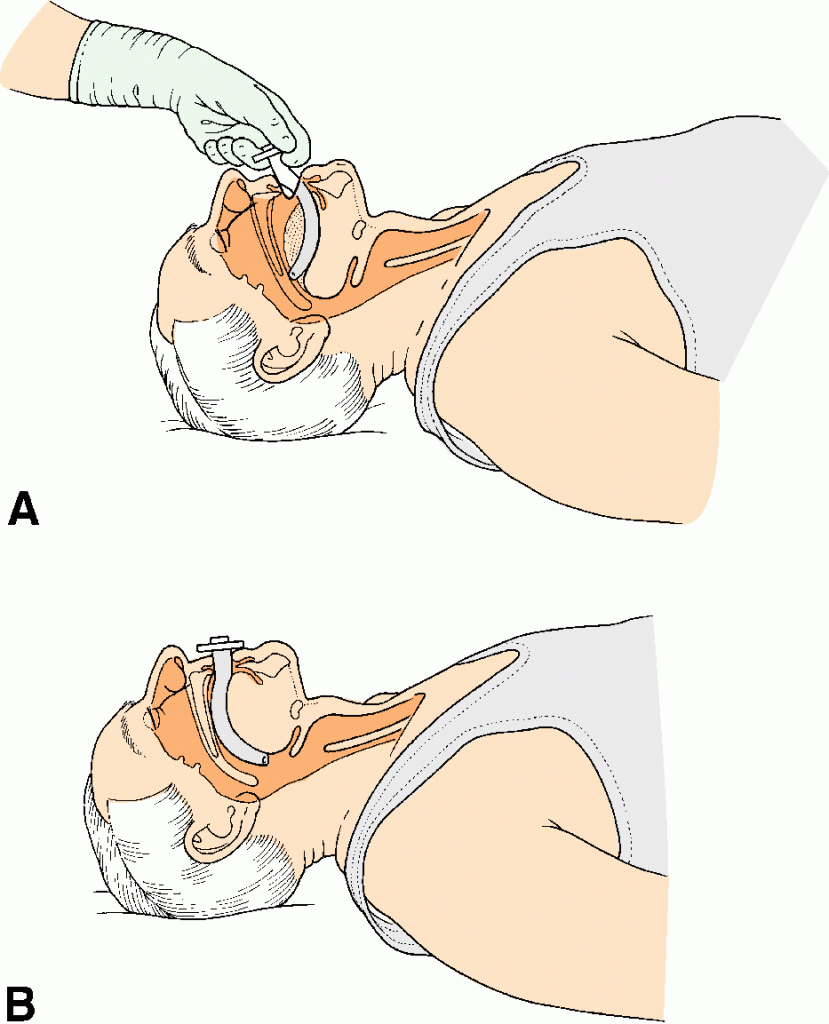How to Insert an Oropharyngeal (Guedel) Airway
Advanced first aiders and first responders may be trained in the use of Oropharyngeal (OP) airways. These devices are sometimes called Guedel airways.
An OP may be required to achieve or maintain an open airway. The OP conforms to the shape of the palate. When inserted into an unconscious patient, it can assist in maintaining a clear airway by preventing obstruction by the tongue. This enables the passage of gases through and around the tube and facilitates suctioning (if trained).
Inserting an oropharyngeal (OP) airway
Select an appropriately sized OP. An oversized OP airway could obstruct the airway by depressing the epiglottis. The tongue could obstruct an airway that is too small. The correct size can be confirmed by placing the tube at the side of the cheek and ensuring it is level with the front of the teeth and reaches the angle of the jaw.
The airway should be inserted ‘upside down’ and it is then rotated as it nears the posterior wall of the pharynx so that it points downward.
An OP airway may be used for the unconscious child with an impaired gag reflex to relieve obstruction from the tongue. It may also be useful in maintaining an open airway during bag-valve-mask ventilation.
An OP airway will not prevent aspiration of stomach contents. It only stops the tongue from obstructing the back of the pharynx. The patient may still need to be placed in the recovery position in order to protect the airway from stomach contents.
Always re-assess after performing any airway intervention.







